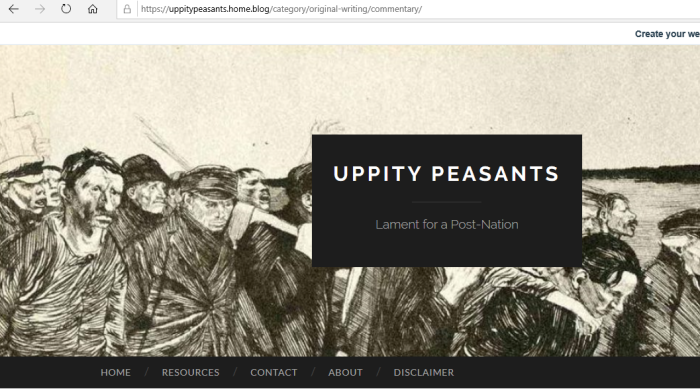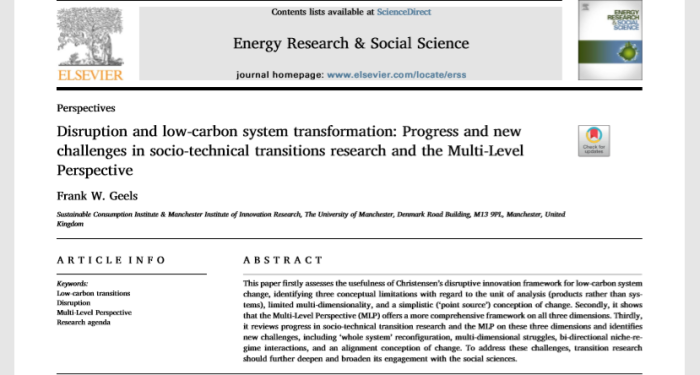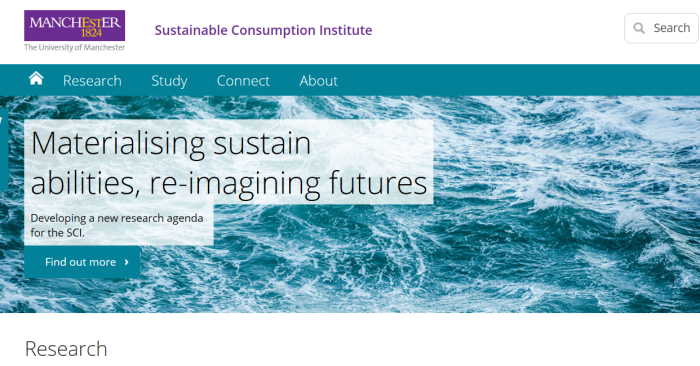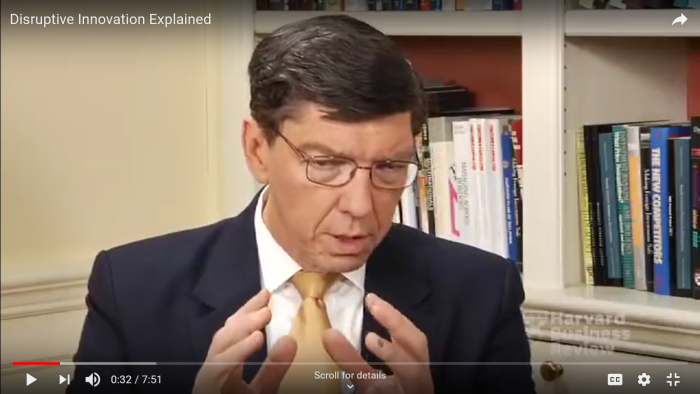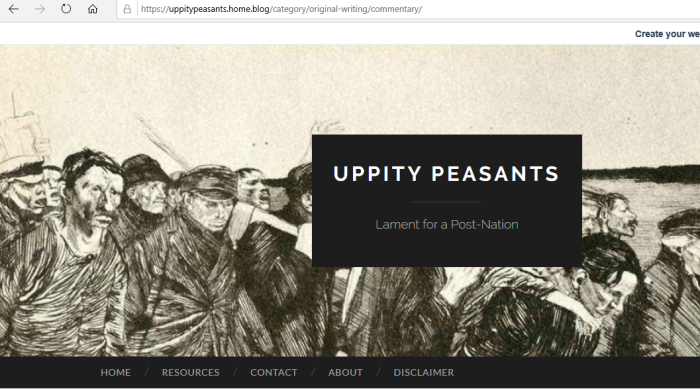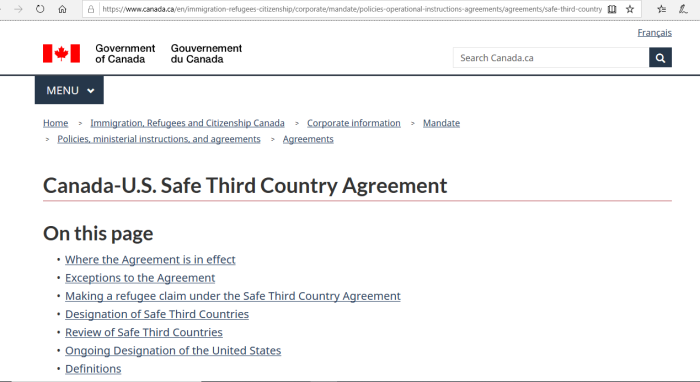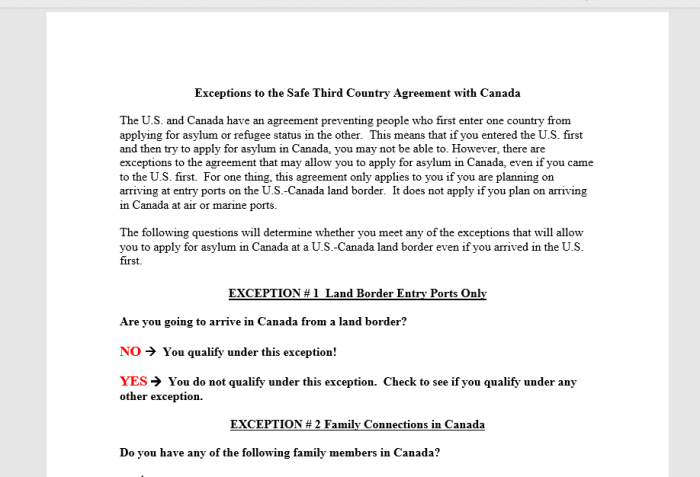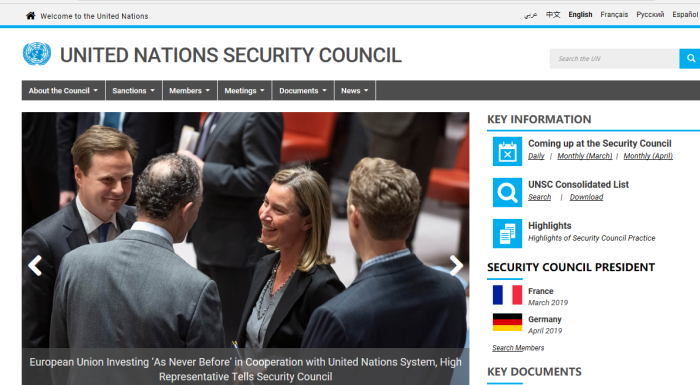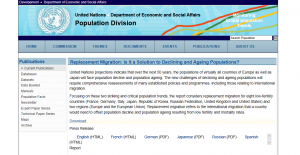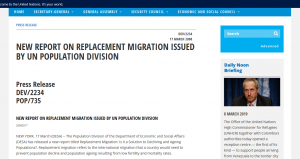

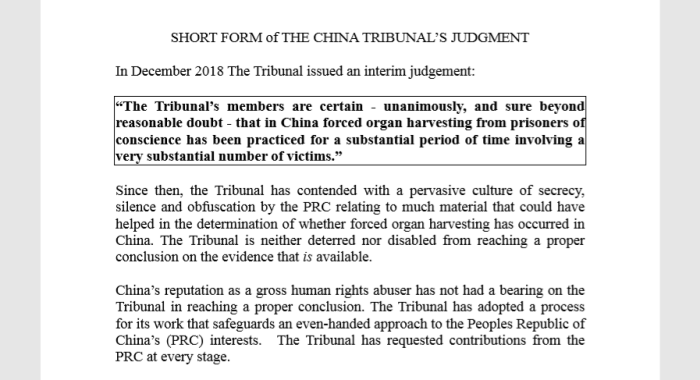
1. Other Articles on Abortion/Infanticide
CLICK HERE, for #1: universities fighting against pro-life groups.
CLICK HERE, for #2: citing abortion stats now considered violence.
CLICK HERE, for #3: up to birth abortion now legal in VA/NY.
CLICK HERE, for #4: letting babies who survive abortion die.
CLICK HERE, for #5: UN supports abortion rights, even for kids.
CLICK HERE, for #6: fallout and some pushback on abortion.
CLICK HERE, for #7: ONCA rules docs must provide service or referral.
CLICK HERE, for #8: hypocrisy in summer jobs grant, purity tests.
CLICK HERE, for #9: partial funding lost for planned parenthood.
CLICK HERE, for trafficking, smuggling, child exploitation series.
2. Important Links
(1) https://chinatribunal.com/
(2) https://chinatribunal.com/about-etac/
(3) https://chinatribunal.com/wp-content/uploads/2019/06/Short-Form-Conclusion-China-Tribunal.pdf
(4) Short-Form-Conclusion-China-Tribunal (1)
(5) https://www.firstthings.com/blogs/firstthoughts/2011/08/vp-biden-okay-with-china-tyrannical-one-child-policy
(6) https://www.nationalreview.com/human-exceptionalism/china-stil-killing-and-harvesting-falun-gong-wesley-j-smith/
(7) https://www.lifenews.com/2019/06/20/china-is-harvesting-organs-of-political-prisoners-sometimes-while-theyre-still-alive/
(8) http://www.nbcnews.com/id/46849651/ns/world_news-asia_pacific/t/china-phase-out-prisoner-organ-donation/#.XQjdq_lKi9I
(9) https://www.nbcnews.com/news/world/china-forcefully-harvests-organs-detainees-tribunal-concludes-n1018646
3. China Tribunal’s Findings
From the December 2018 interim report:
“The Tribunal’s members are certain – unanimously, and sure beyond reasonable doubt – that in China forced organ harvesting from prisoners of conscience has been practiced for a substantial period of time involving a very substantial number of victims.”
That was part of the interim report. But now the final report goes on even further:
The Tribunal has considered evidence, in its many forms, and dealt with individual issues according to the evidence relating to each issue and nothing else and thereby reached a series of conclusions that are free of any influence caused by the PRC’s reputation or other potential causes of prejudice.
These were as follows;
• That there were extraordinarily short waiting times (promised by PRC doctors and hospitals) for organs to be available for transplantation;
• That there was torture of Falun Gong and Uyghurs;
• That there was accumulated numerical evidence (excluding spurious PRC data) which indicated:
o the number of transplant operations performed, and
o the impossibility of there being anything like sufficient ‘eligible donors’ under the recently formed PRC voluntary donor scheme for that number of transplant operations;
• That there was a massive infrastructure development of facilities and medical personnel for organ transplant operations, often started before any voluntary donor system was even planned; That there was direct and indirect evidence of forced organ harvesting.
And this led to the conclusion that:
forced organ harvesting has been committed for years throughout China on a significant scale and that Falun Gong practitioners have been one – and probably the main – source of organ supply. The concerted persecution and medical testing of the Uyghurs is more recent and it may be that evidence of forced organ harvesting of this group may emerge in due course. The Tribunal has had no evidence that the significant infrastructure associated with China’s transplantation industry has been dismantled and absent a satisfactory explanation as to the source of readily available organs concludes that forced organ harvesting continues till today.
However, on the topic of “genocide” China Tribunal pussyfoots around the issue and says they cannot conclude there is intent for genocide. This despite stating that the actions met the other elements.
The Tribunal considered whether this constituted a crime of Genocide; The Falun Gong and the Uyghurs in the PRC each qualify as a ‘group’ for purposes of the crime of Genocide. For the Falun Gong, the following elements of the crime of Genocide are clearly established:
• Killing members of the group;
• Causing serious bodily or mental harm to members of the group.
Thus, bar one element of the crime, Genocide is, on the basis of legal advice received, clearly proved to the satisfaction of the Tribunal. The remaining element required to prove the crime is the very specific intent for Genocide. Accepting legal advice about proving this intent, the Tribunal cannot be certain that the requisite intent is proved and thus cannot be certain that Genocide itself is proved.
That’s right. Due to legal advice, China Tribunal cannot actually conclude there is intent to commit genocide, despite the prolonged actions that would justify the claims.
China Tribunal then “appears” to condemn what happens to Falun Gong and the Uyghurs, but waters down the language to “criminality”, despite the included detail. The tribunal claims the “elements have been met for crimes against humanity”.
Commission of Crimes Against Humanity against the Falun Gong and Uyghurs has been proved beyond reasonable doubt by proof of one or more of the following, legally required component acts:
• murder;
• extermination;
• imprisonment or other severe deprivation of physical liberty in violation of fundamental rules of international law;
• torture;
• rape or any other form of sexual violence of comparable gravity;
• persecution on racial, national, ethnic, cultural or religious grounds that are universally recognised as impermissible under international law ;
• enforced disappearance
in the course of a widespread and systematic attack or attacks against the Falun Gong and Uyghurs.
This seems to be splitting hairs. It meets the criteria for crimes against humanity. Yet China Tribunal, on advice from their lawyers, refuse to state there is intent to qualify as “genocide”.
The report ends with a very interesting comment about the power of media and citizen journalists.
Governments and international bodies must do their duty not only in regard to the possible charge of Genocide but also in regard to Crimes against Humanity, which the Tribunal does not allow to be any less heinous. Assuming they do not do their duty, the usually powerless citizen is, in the internet age, more powerful than s/he may recognise. Criminality of this order may allow individuals from around the world to act jointly in pressurising governments so that those governments and other international bodies are unable not to act.
The China Tribunal has no power to actually do anything. However, it seems to believe that by spreading word online it can put pressure on governments to act.
4. Firstthings.com Article
Firstthings.com quotes former VP Joe Biden, on his take on China’s one-child policy.
But as I was talking to some of your leaders, you share a similar concern here in China. You have no safety net. Your policy has been one which I fully understand — I’m not second-guessing — of one child per family. The result being that you’re in a position where one wage earner will be taking care of four retired people. Not sustainable. So hopefully we can act in a way on a problem that’s much less severe than yours, and maybe we can learn together from how we can do that.
In order to maintain the 1-child policy, China has had to result to extreme and inhuman measures:
- forced abortion
- sex-selective abortions against girls
- sterilizations
- eugenics
Biden seemed critical that the declining birth rate would be able to sustain the retired population. However he seemed to have no concern over the mass aborting and sterilizations that went on.
5. NBC Coverage Of Issue
American news outlet NBC reported here, and also reported that:
In 2014, state media reported that China would phase out the practice of taking organs from executed prisoners and said it would rely instead on a national organ donation system.
The Chinese Ministry of Foreign Affairs on Tuesday was not immediately available to comment on the tribunal’s findings.
In a statement released alongside the final judgment, the tribunal said many of those affected were practitioners of Falun Gong, a spiritual discipline that China banned in the 1990s and has called an “evil cult.” The tribunal added that it was possible that Uighur Muslims — an ethnic minority who are currently being detained in vast numbers in western China — were also being targeted.
China had been promising for years to end this practice, but it doesn’t seem to have happened.
6. Lifesite Take On The Situation
Still, there has been too much reporting for too long about this profound human-rights abuse to ethically continue to look the other way. The question thus becomes: Will the U.S. specifically outlaw traveling to China for the purpose of buying an organ — just as we do participating in pedophilia tourism overseas? (Spain, Israel, Italy, and Taiwan have passed such laws already.) I can’t think of one argument against pursuing such a course.
If we don’t at least do what we can, it seems to me that we make ourselves complicit in allowing the demand for black-market organs forcibly harvested from murdered prisoners to continue unimpeded — and the blood of the slaughtered victims will also be on us.
(Lifesite article here) This echoes what China Tribunal has been saying: that political pressure is needed to put a stop to this practice.
7. My Take On This Story
If the allegations are true, and they seem to be, then this is abhorrent.
At some level this is no different that what abortion industries like Planned Parenthood do: snuff out lives in order to obtain a commodity, their organs. If we subscribe to the idea that life is valuable, then this is little — though more heinous — than a common murder and robbery.
While donation of organs (for after death), should be encouraged, this is an entirely different matter. This is premeditated mass murder in order to steal those parts. The practice is barbaric.
Consider the flack Canada has taken over the Government’s genocide claims over Indigenous women and girls. Most of the deaths and disappearances (at least where it is known) were at the hands of Indigenous men they knew. That is apparently a “genocide”. Yet what is going on in China is not really worth the attention apparently.
But good luck getting Prime Minister Justin Trudeau to openly condemn the practice.


